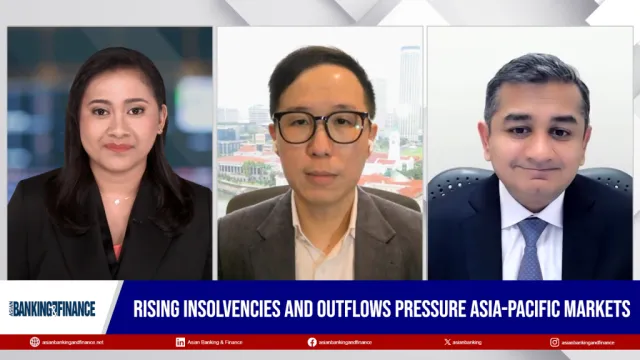
Robust profits, lower credit costs to buoy Indonesia’s banks in 2024
The sector's profitability has surpassed pre-pandemic levels to reach 2.7%.
In 2024, Indonesian banks are expected to remain resilient to global uncertainties thanks to its robust profitability, lower credit costs, and supportive economic conditions locally, according to S&P Global Ratings’ latest banking industry country risk assessment.
"Indonesia's banks are well capitalized and earnings are on the uptrend. The sector also benefits from the Indonesian economy's solid structural growth rate," said S&P credit analyst Ivan Tan.
The sector's profitability has surpassed pre-pandemic levels to reach 2.7% as of June 2023.
However, Tan said that downside risks could emanate from higher nonperforming loans (NPLs) due to the expiry of COVID-forbearance measures, and vulnerability of banks to currency volatility.
Indonesia is expected to record a healthy GDP growth of around 5% over 2023 to 2025, which will support banks’ asset quality and performance.
ALSO READ: Korea’s Woori Bank faces lower profits, rising credit costs in 2024
Banks’ loans will expand by 8% to 10% in 2023 and 2024, which Tan said is “quite a turnaround” from the COVID-induced contraction in 2020.
“Elevated credit costs during the pandemic are receding. This and higher interest margins are boosting profitability,” Tan said.
"Overall, we believe profit performance for Indonesian banks will remain strong over 2024 and 2025 with returns on assets between 2.5% and 2.8%, one of the highest in the region," he added.
Some portions of the restructured loans, however, are at risk and vulnerable to slippage into NPLs. They could add up to 1 percentage point to the NPL ratio, suggesting a peak NPL ratio of 3.5% in 2023.
This increase should be manageable, however, as banks have built up meaningful provisioning buffers, with a coverage ratio of over 200% of NPLs.
Indonesian banks' asset quality is also vulnerable to second-order effects of currency devaluation. This is because many of the banks' corporate borrowers have large exposures to foreign currency debt--at roughly 40% of their total borrowings.


















 Advertise
Advertise










